Frederica Freyberg:
A “First look” tonight at Governor Scott Walker’s state budget proposal, which increases funding for public K-12 schools by nearly $649 million over the 2017-’19 budget period. The increases come in the way of per-pupil hikes, taking it from $250 this year to $450 in 2017-18 and $654 in 2018-19. The governor’s budget also increased funding for rural schools by nearly $31 million, addressing needs arising from declining enrollment and high transportation costs. And we go now to a rural district: Hurley. Hurley is the county seat of Iron County and is located right across the Montreal River from Ironwood, Michigan. Hurley’s school district encompasses more than 600 square miles. That’s a lot of miles on school buses. The district is administered by Chris Patritto, who joins us now. Thanks very much for being here.
Chris Patritto:
Thanks for having me.
Frederica Freyberg:
What’s your reaction to the bump in school funding under the governor’s proposed budget?
Chris Patritto:
Well, I guess from past history I guess we’re pleasantly surprised right now, I guess. I’d put it that way.
Frederica Freyberg:
How specifically would this per-pupil increase and increases for rural schools benefit Hurley?
Chris Patritto:
Well, I think it would benefit us immensely at this point in time. With where we fit in the formulas, the revenue limit formula, the equalization aid formula, we don’t fit well in those categories and lose a lot of funding. Next year I think in the revenue limit formula, we’re projecting a loss of $195,000. So right off the bat I've got a $195,000 deficit to deal with. That’s before any type of fixed increases in our budget. With the governor’s proposals, I think a lot of his proposals would fill our hole, the $195,000 hole. I would still probably need to deal with how I'm going to deal with any future increases. So what we’re getting on one hand is very much appreciated. It’s filling a hole. But it’s still not going to solve my long-term problem.
Frederica Freyberg:
Because what has the financial situation been for your district in recent years going back?
Chris Patritto:
Well, I've been superintendent in Hurley for 13 years now, and we’ve had to cut every year. I believe my first year as superintendent we had to cut $700,000, the second year we had to cut $500,000. But then in some years there’s been a little; some years has been a lot. We’ve changed transportation contractors. Some things come up where you get lucky to balance it. But we’ve had to make a lot of tough calls over the years. We went from a three section school to a two section school. Classroom sizes get bigger. You can’t pay people, give them the raises you really want to cause they work hard every day. It’s been a struggle. Hurley is no different than most schools right now.
Frederica Freyberg:
Well, what factors play into these budget woes that you’ve had?
Chris Patritto:
Well, declining enrollment really hurts us. As you decline in enrollment, your funding is going to get nixed a little bit. You know, insurance increases every year, transportation, heating, cooling. All those things, when you don’t have a solid formula every year to give an increase to your expenses, it gets kind of tough.
Frederica Freyberg:
So you were talking about having to make cuts of like $700,000. How do you even do that?
Chris Patritto:
Well, that’s where I said there were a lot of tough calls to make and unfortunately it meant people. And I think the first year I was superintendent I think we had to let about six people go, which is really tough to do in a small, small school.
Frederica Freyberg:
And then how does that affect the students that you’re trying to educate?
Chris Patritto:
Well, like a lot of schools, that’s the trend that’s been happening. Classroom sizes get bigger. You know, the supply budgets get a little smaller. You can’t do what you really want to do for the kids. And you just struggle with it every year.
Frederica Freyberg:
Didn’t the so-called “tools” of Act 10 kind of help smooth some of that out with employees paying additional contributions to their health care and retirement?
Chris Patritto:
Well, I think to a certain extent it helped in the fact that the money that was taken away from us, you know, by Act 10, when the revenue limit formula was drastically cut, you know, we were able to balance the budget that year pretty much on the backs of all the employees. But once again, that was a Band-Aid fix. Now you look forward, you know, five, six years later, the environment has changed a lot. You know, we’re struggling to find teachers. We’re struggling to pay them well. You know, the market for teachers, especially in northern Wisconsin, it’s tough right now. Replacing teachers in the future is going to be another challenge for us. You know, I think probably within five years I'm going to probably have to replace probably 20%, 25% of my staff.
Frederica Freyberg:
Wow.
Chris Patritto:
In ten years, probably about 60%. So it’s a matter of–the pool of candidates and teachers out there isn’t what it used to be. Can we afford to pay people to come to northern Wisconsin? You got to be a special soul to live up here, number one. And can we afford to keep them? That’s the other hard part, is retaining these people.
Frederica Freyberg:
So with all of these concerns, even in the midst of some additional funding proposed at the state level, what do you think needs to happen going forward?
Chris Patritto:
Well, I think all school district administrators would agree that somewhere down the line we have to come up with some type of sustainable funding system for schools. You know, I don’t have a silver bullet answer for you on that. It’s just we need something every year. You know, like us. Next year we got $195,000 deficit plus increases to deal with. Okay. The governor’s budget hopefully will help us a lot to fill that gap. But once that gap is filled, that gap’s going to be there the following year again because the formulas are going to do the same thing to us. So the second year, yeah, the extra $200 would help immensely to fill some of that hole. But we need to come up with something that’s just sustainable, where the school districts can plan from year to year to know what they’re going to have rather than the carousel we have every two years and waiting for the governor’s budget and what’s going to go and what’s not going go.
Frederica Freyberg:
Yeah. We need to leave it there. Chris Patritto, thanks very much.
Chris Patritto:
Thank you.
Search Episodes
News Stories from PBS Wisconsin

Donate to sign up. Activate and sign in to Passport. It's that easy to help PBS Wisconsin serve your community through media that educates, inspires, and entertains.
Make your membership gift today
Only for new users: Activate Passport using your code or email address
Already a member?
Look up my account
Need some help? Go to FAQ or visit PBS Passport Help
Need help accessing PBS Wisconsin anywhere?

Online Access | Platform & Device Access | Cable or Satellite Access | Over-The-Air Access
Visit Access Guide
Need help accessing PBS Wisconsin anywhere?

Visit Our
Live TV Access Guide
Online AccessPlatform & Device Access
Cable or Satellite Access
Over-The-Air Access
Visit Access Guide
 Passport
Passport





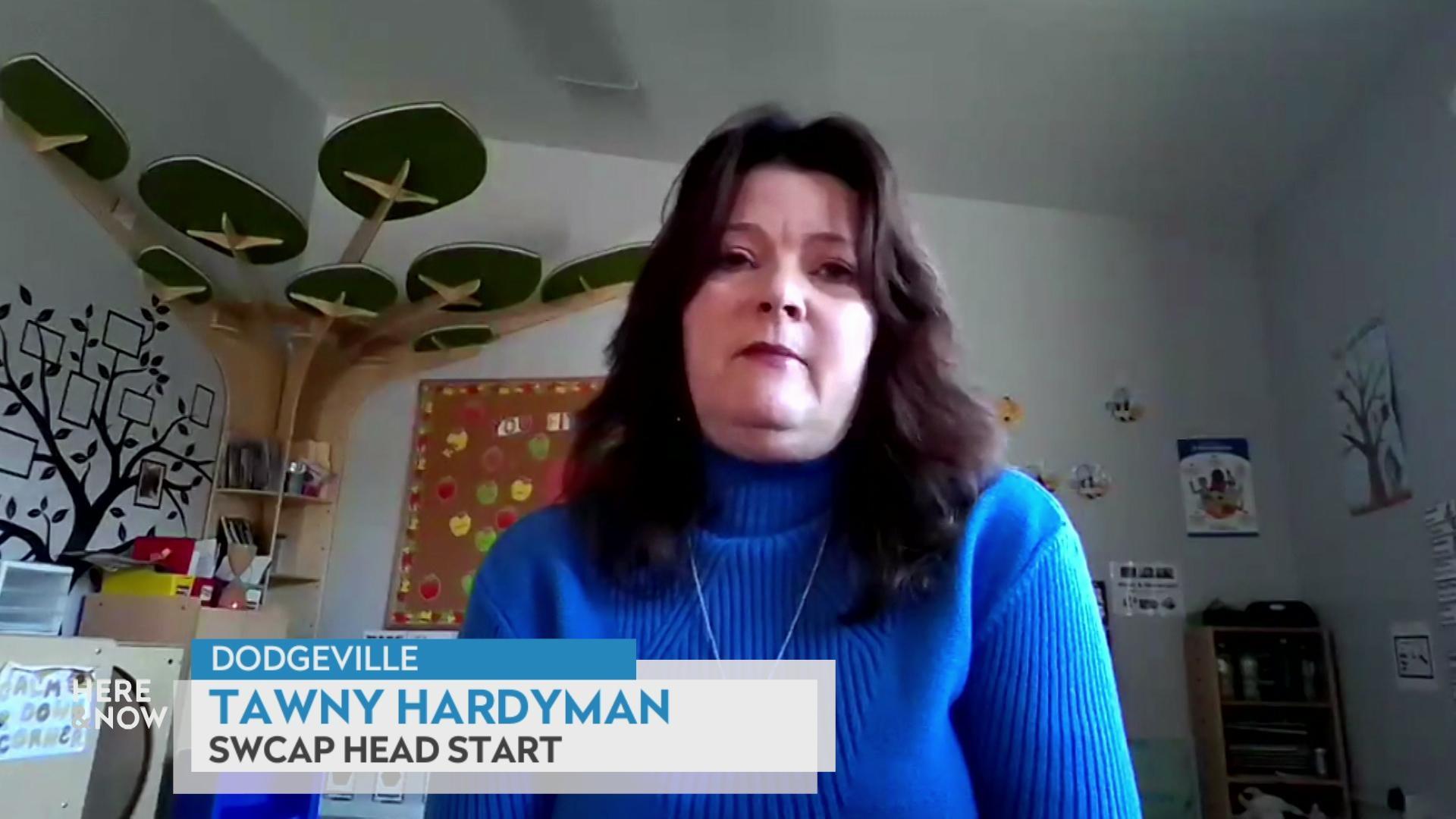
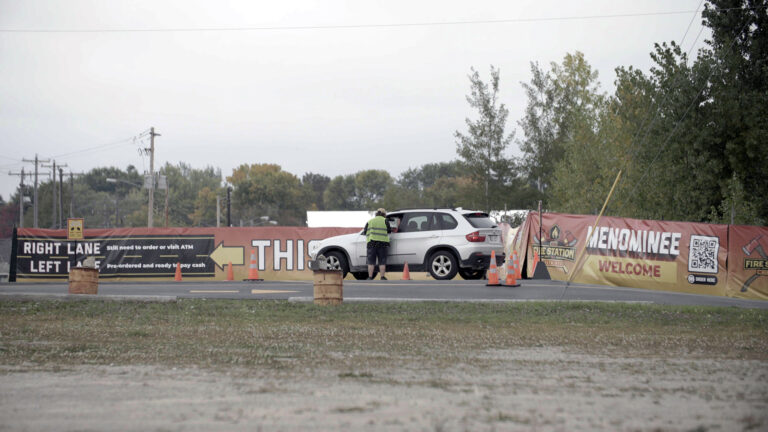
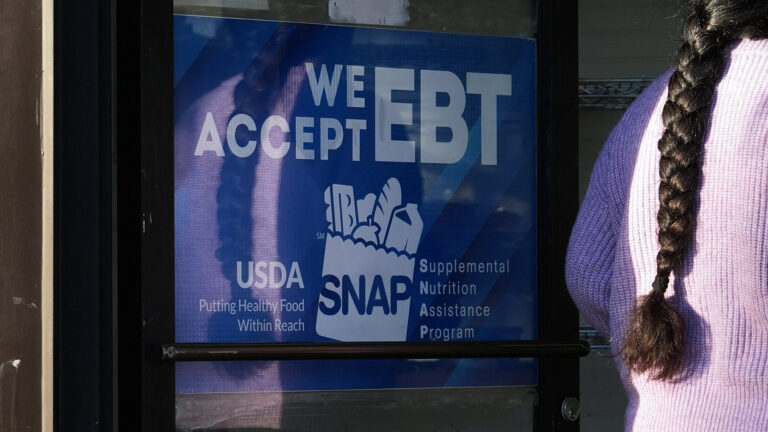
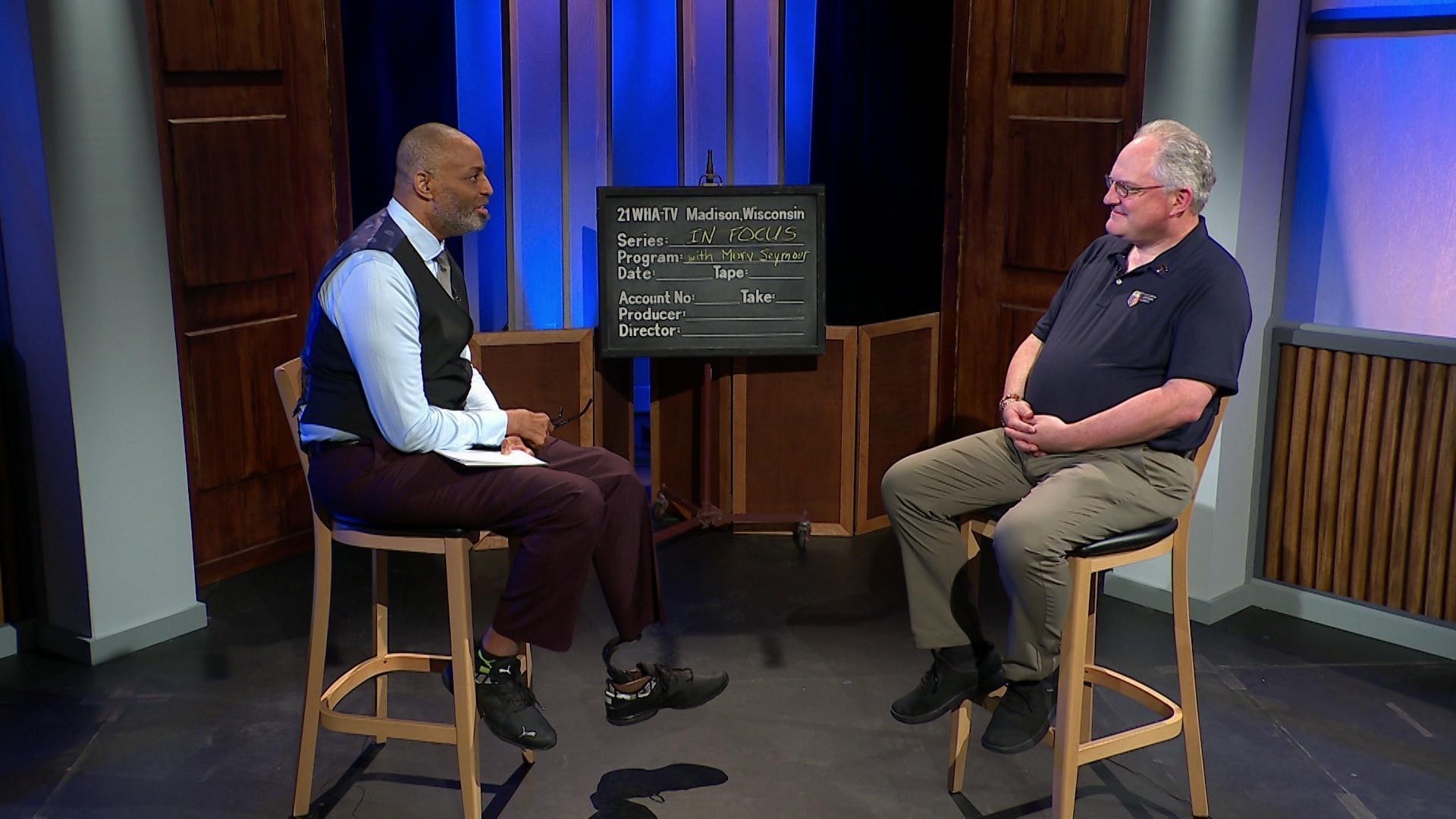
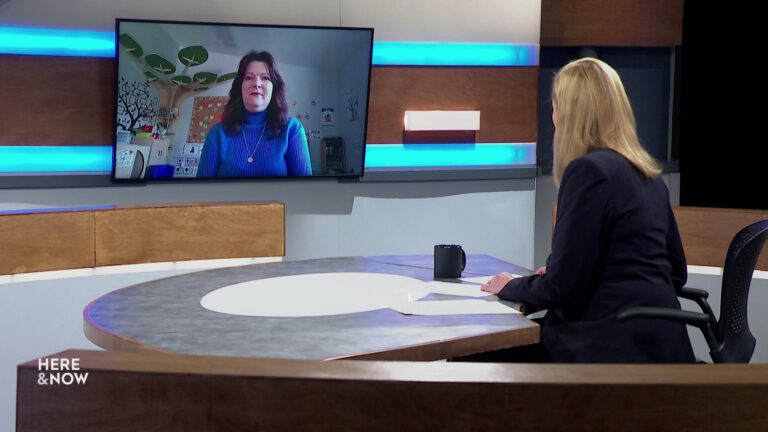
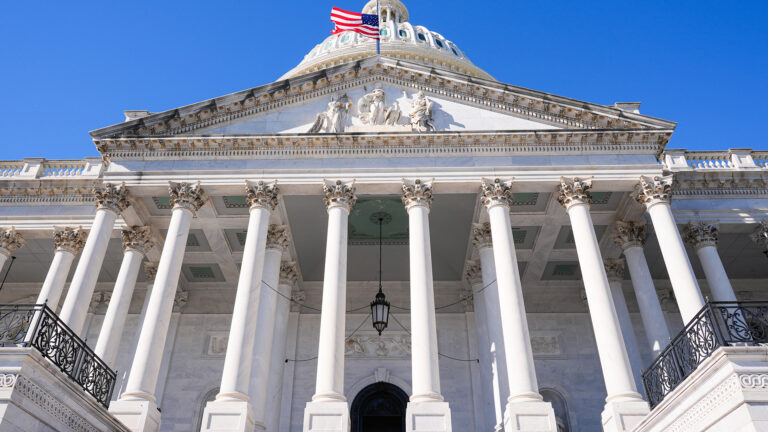
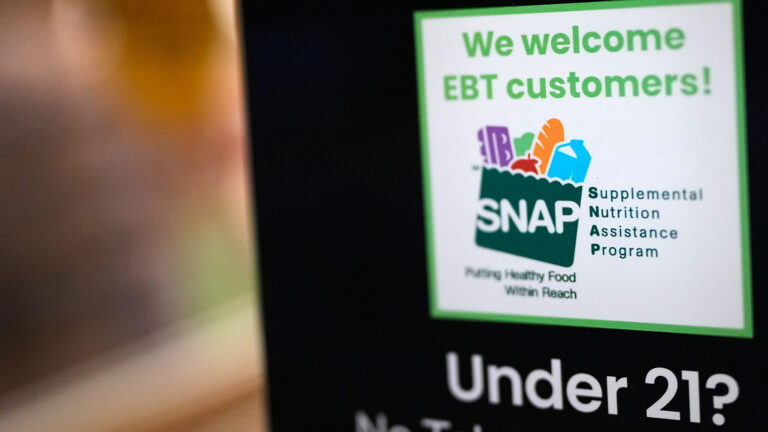
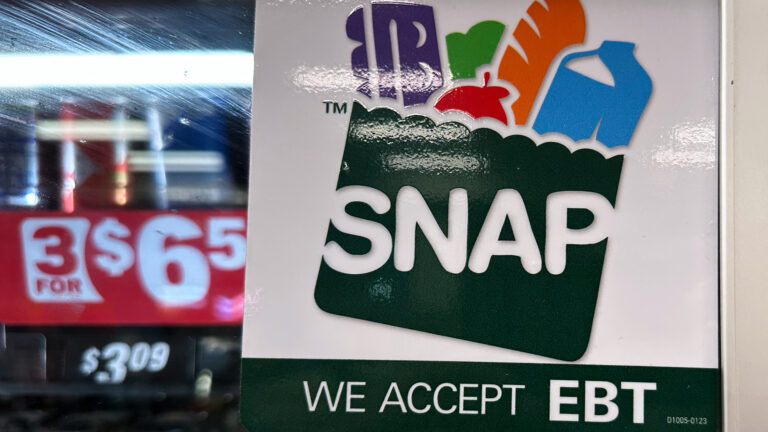
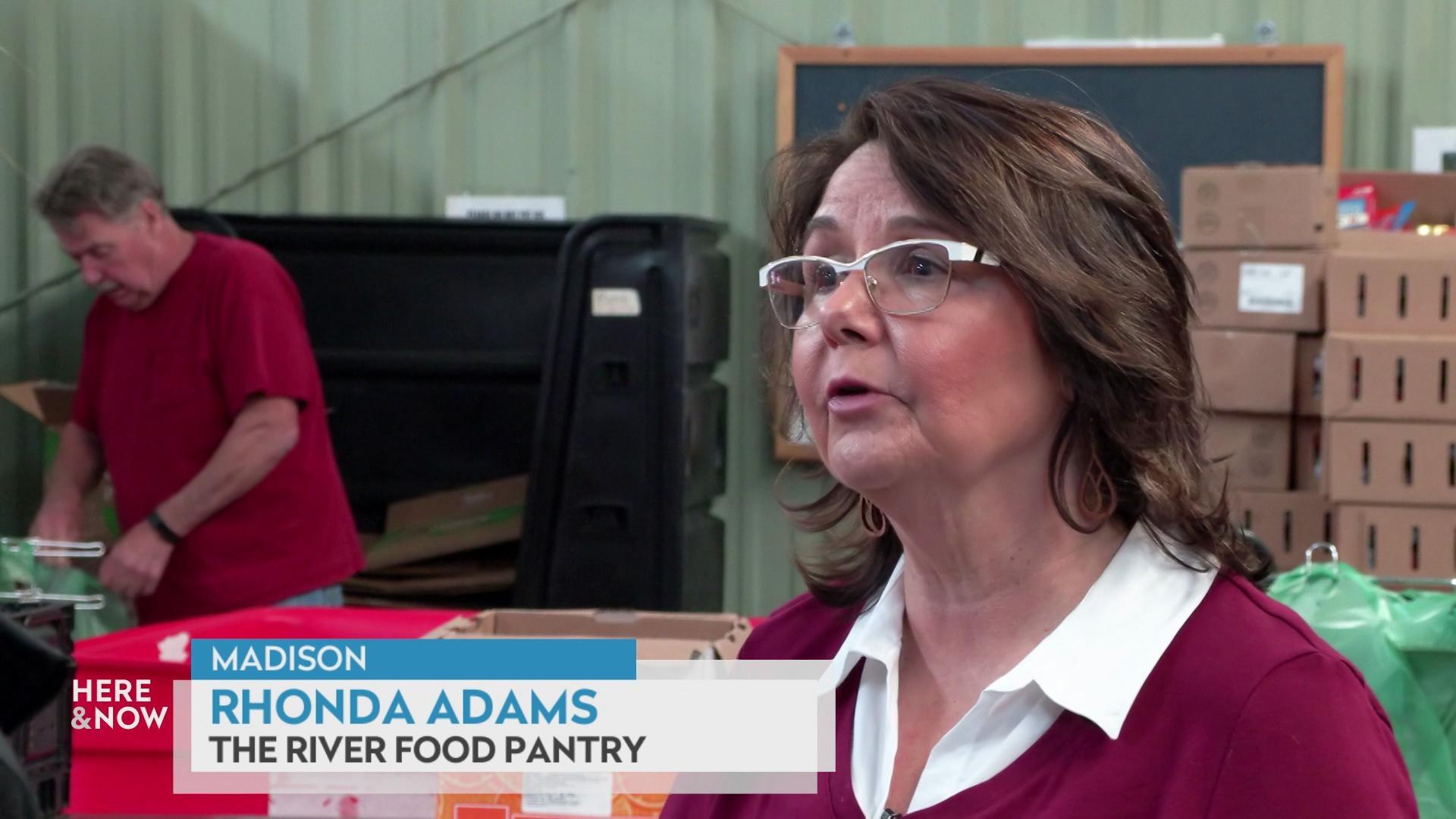

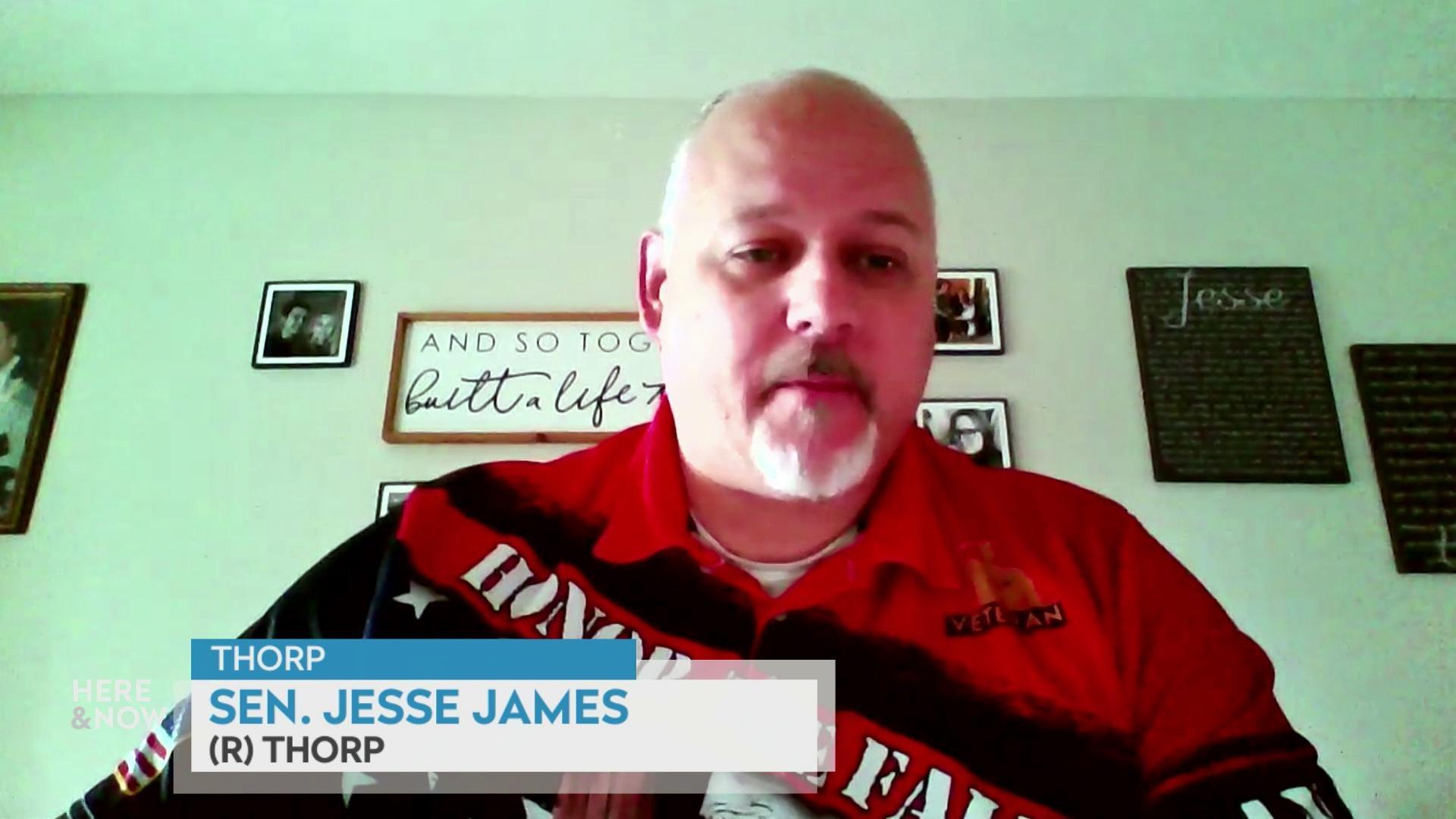


Follow Us